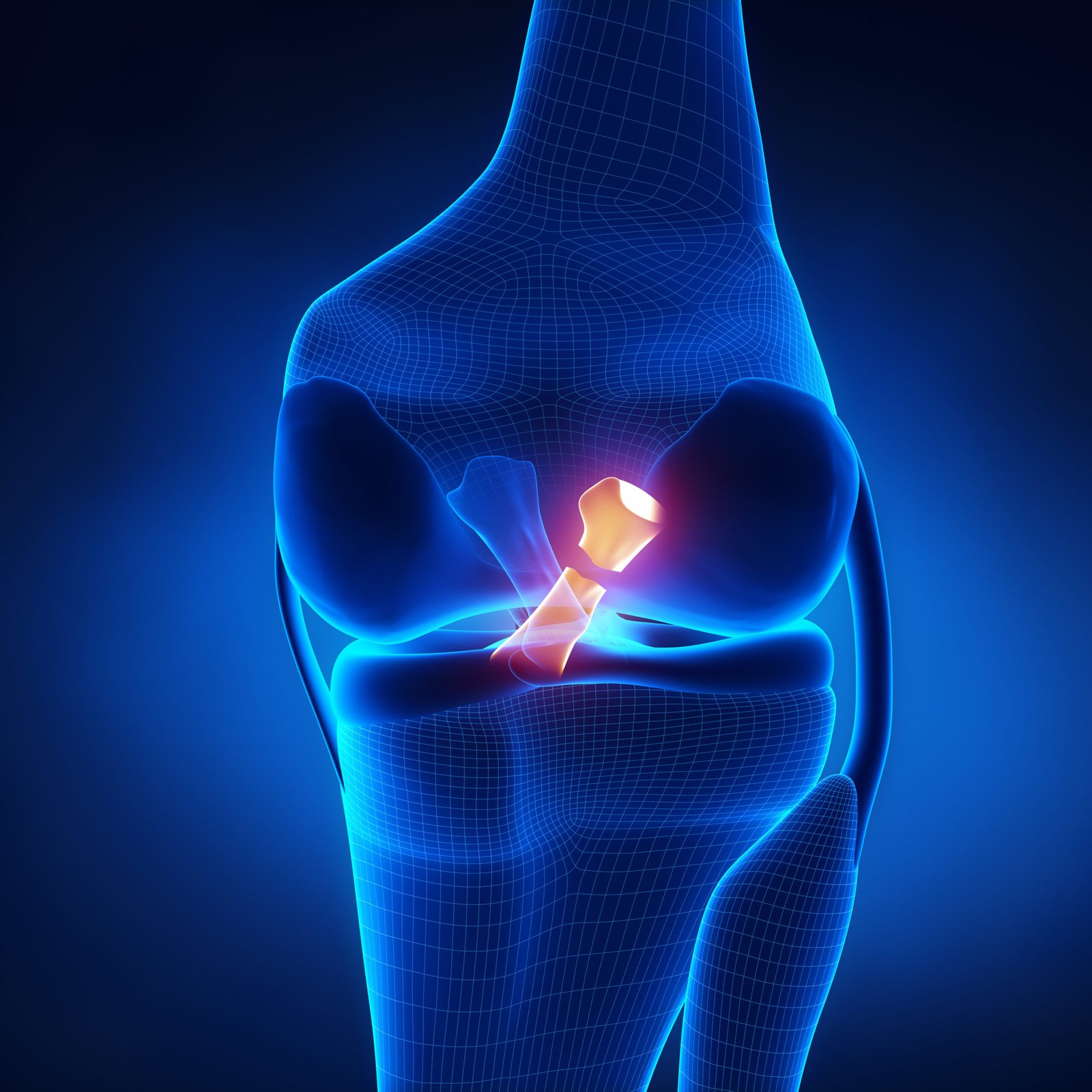
ACL (Anterior Cruciate Ligament) Surgery:
Anterior Cruciate Ligament (ACL) surgery is a procedure commonly performed to repair a torn ACL in the knee. The ACL is a crucial ligament that stabilizes the knee joint, and injury to this ligament can result in instability and reduced functionality of the knee. ACL surgery aims to restore stability and function to the knee, allowing individuals to return to their normal activities, including sports.
PCL (Posterior Cruciate Ligament) Surgery:
Posterior Cruciate Ligament (PCL) surgery is a procedure performed to repair a torn or injured PCL in the knee. The PCL is one of the major ligaments in the knee joint, playing a crucial role in stabilizing the joint and preventing excessive backward movement of the tibia (shin bone) in relation to the femur (thigh bone).
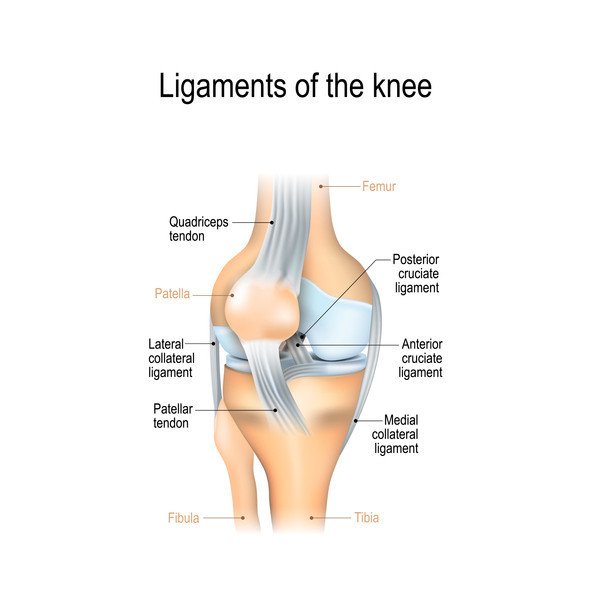
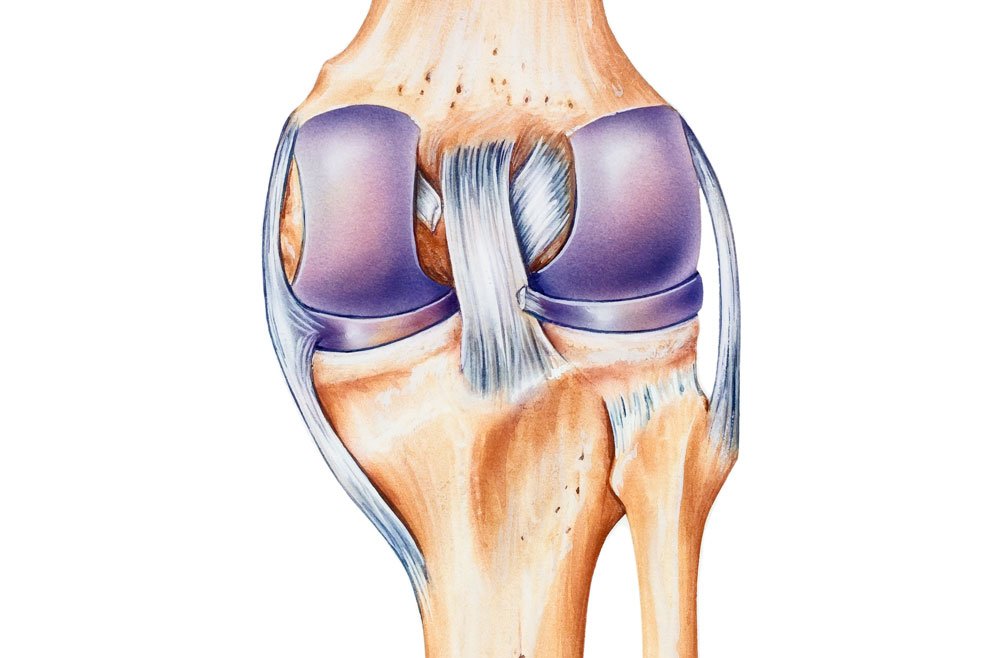
MCL (Medial Collateral Ligament) Surgery:
Medial Collateral Ligament (MCL) surgery is a procedure performed to repair a torn or injured MCL in the knee. The MCL is a band of tissue on the inner side of the knee joint that helps stabilize the joint and prevent excessive sideways movement.
LCL (Lateral Collateral Ligament) Surgery:
Lateral Collateral Ligament (LCL) surgery is a procedure performed to repair a torn or injured LCL in the knee. The LCL is a band of tissue on the outer side of the knee joint that helps stabilize the joint and prevent excessive sideways movement.
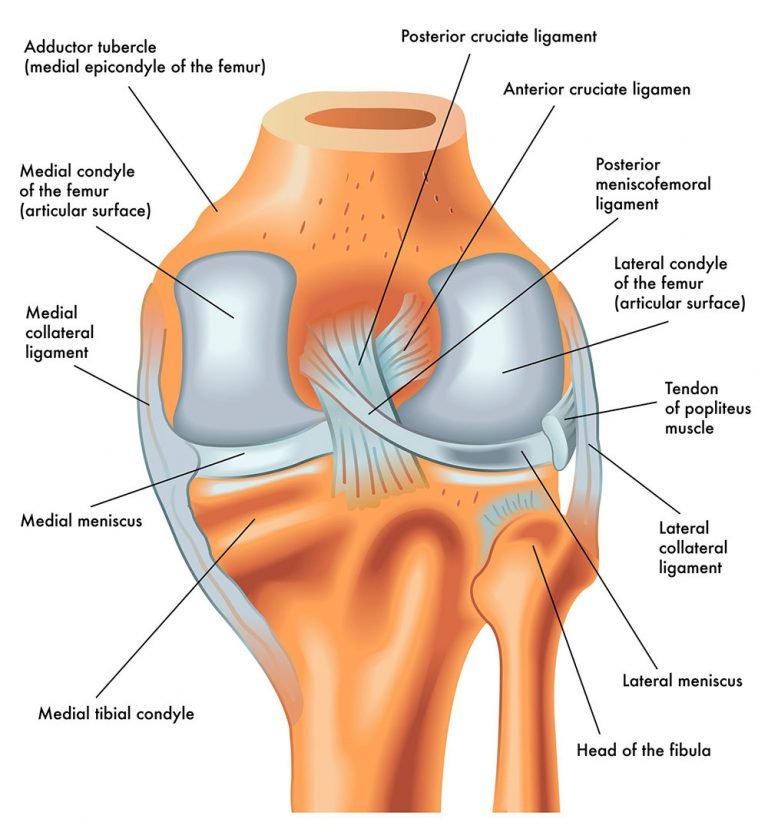
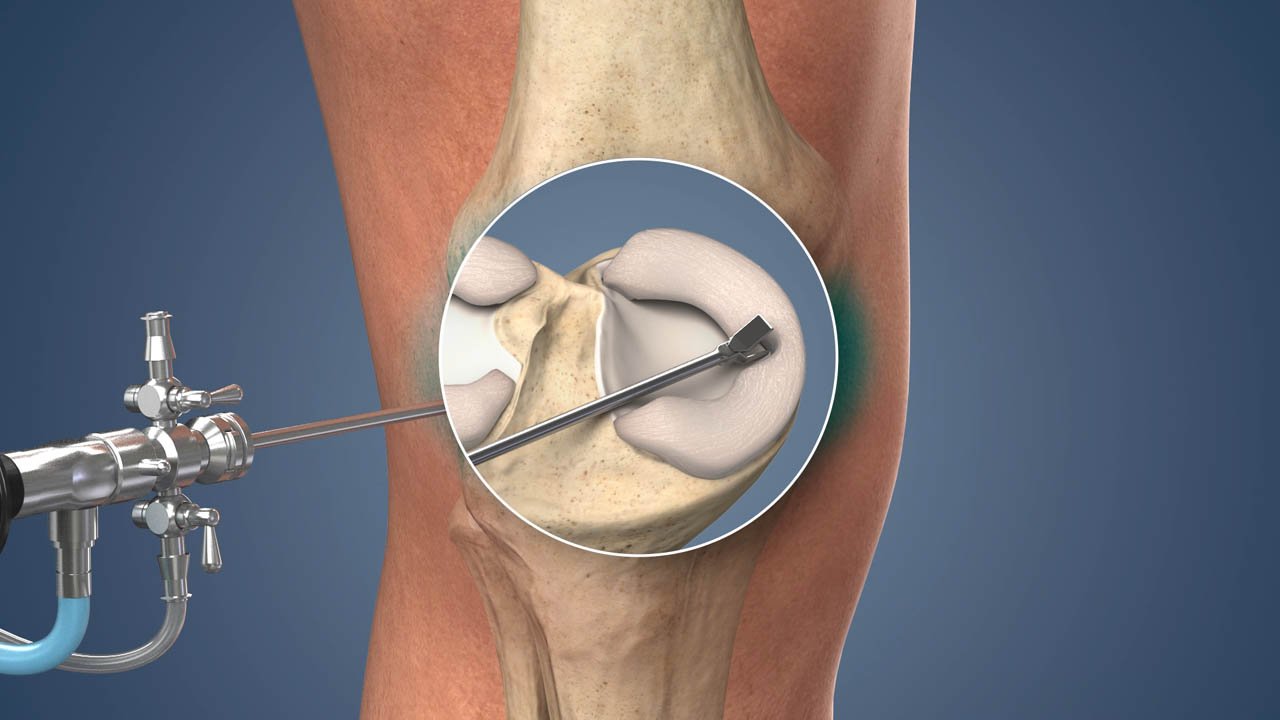
Meniscus Surgery:
Meniscus surgery is a procedure performed to repair or remove damaged or torn meniscal cartilage in the knee. The menisci are C-shaped pieces of cartilage that act as shock absorbers and provide stability to the knee joint. Meniscal tears are a common knee injury, often occurring as a result of twisting or rotating the knee while bearing weight. Depending on the location and severity of the tear, as well as the patient's symptoms and activity level, meniscus surgery may be recommended to address the injury and restore function to the knee.




